Set up and take down in minutes with our durable blow-up tents, built for reliable shelter on any adventure.
the new age of camping is here
Inflatable 8 person tent
Buy Now
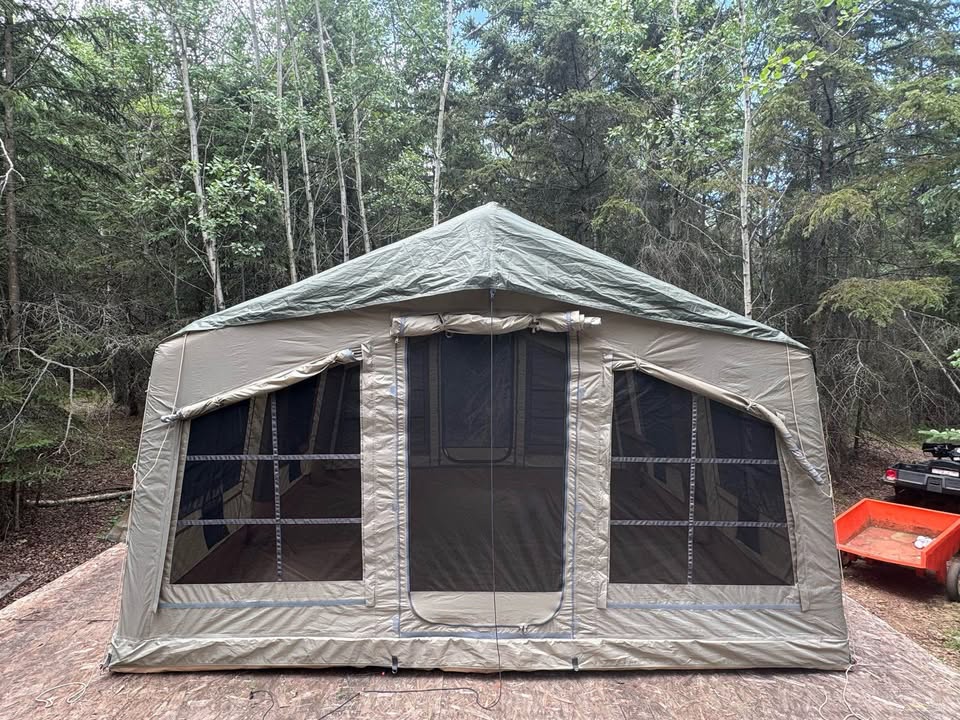
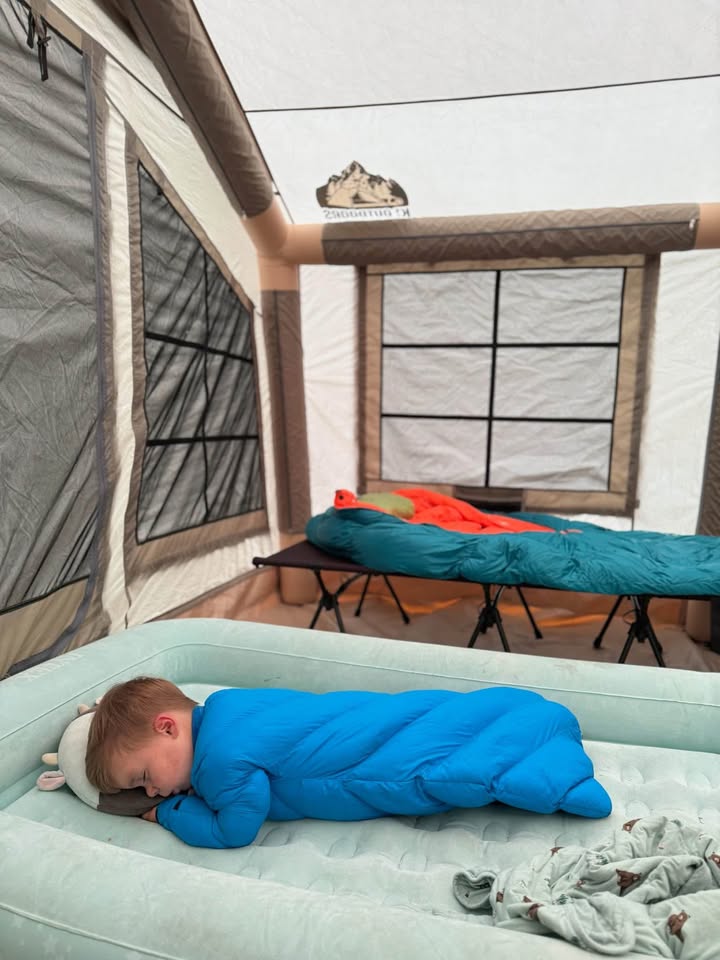
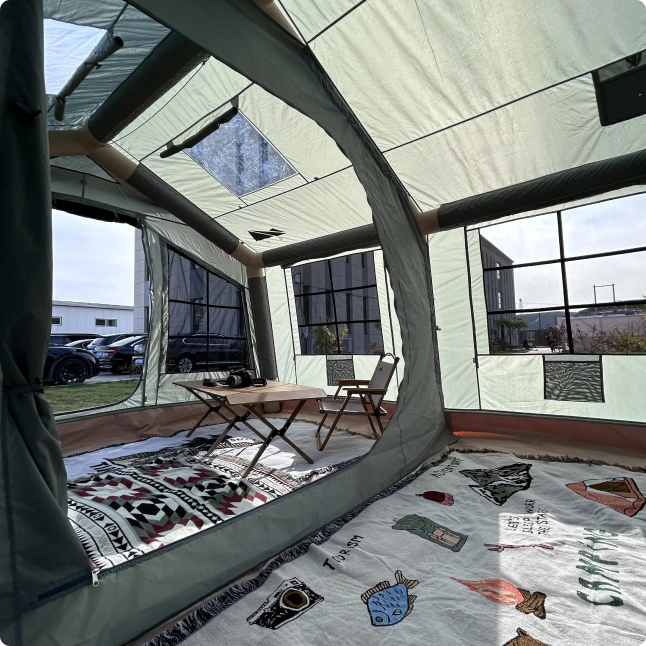
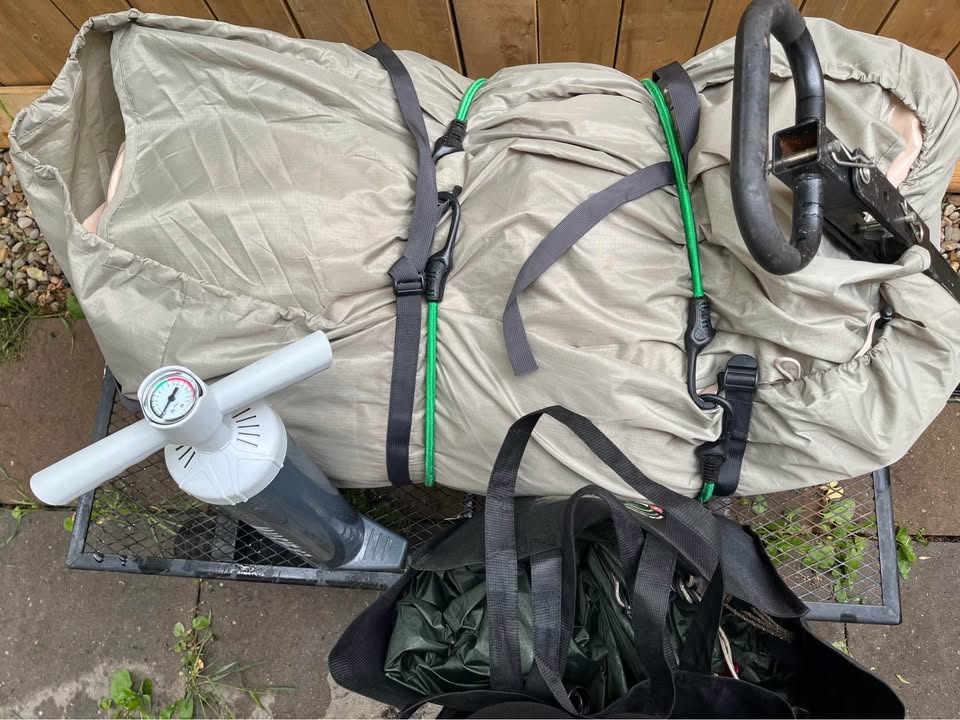
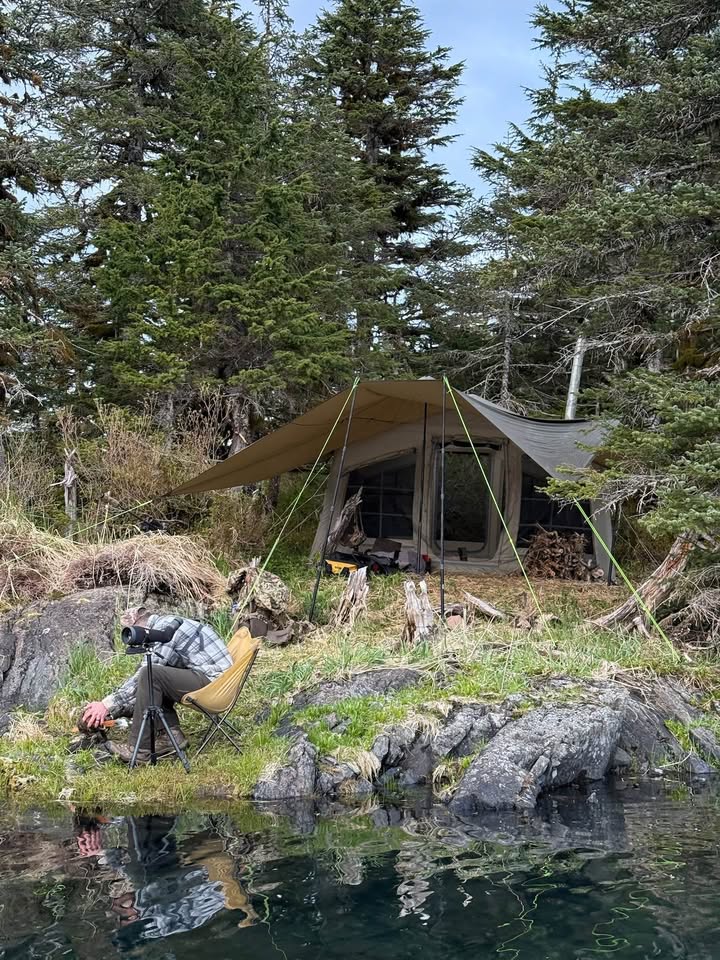
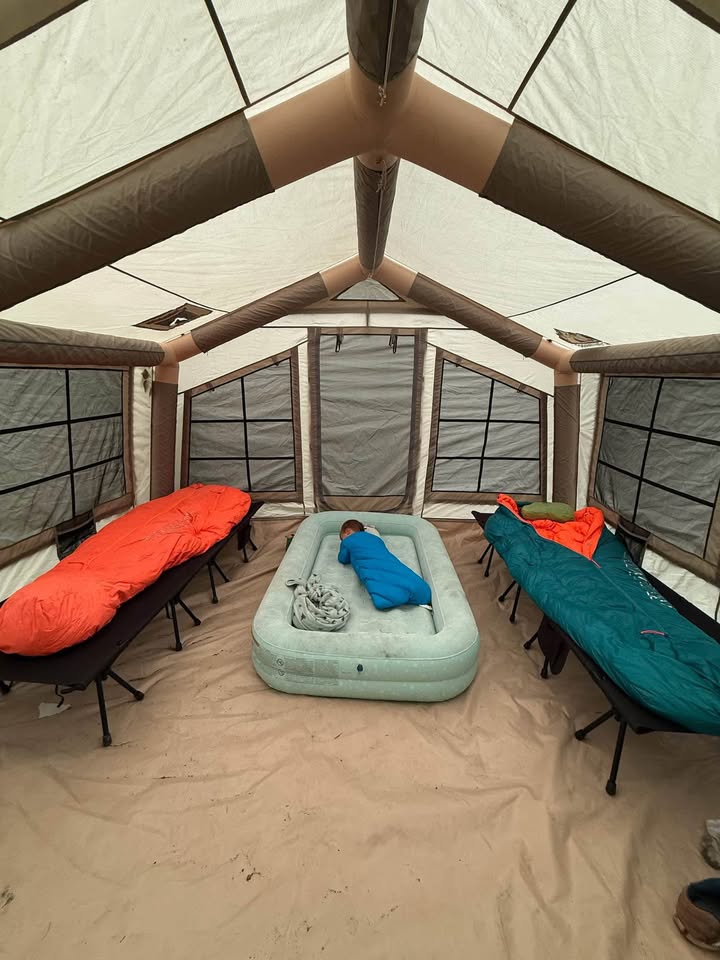
Set up and take down in minutes with our durable blow-up tents, built for reliable shelter on any adventure.
Engineered to handle strong winds, our tents offer stability and peace of mind in any weather.
Stay dry with waterproof materials and sealed seams, keeping you comfortable in all conditions.
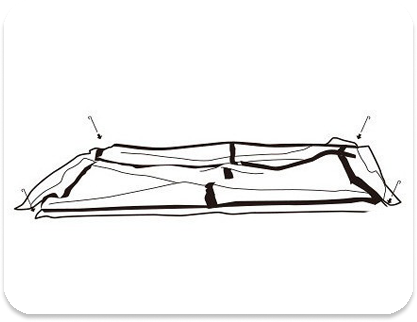
Step 1
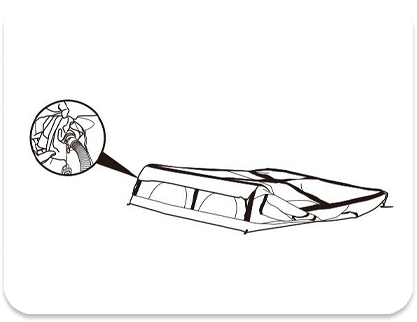
Step 2
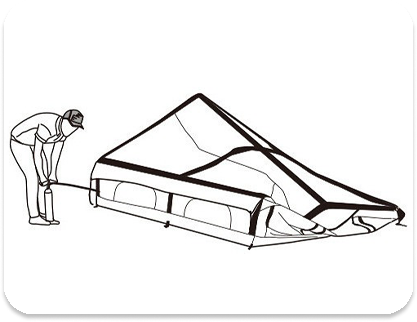
Step 3
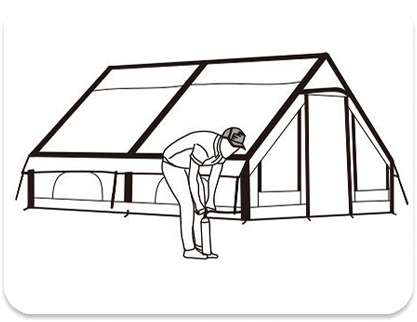
Step 4
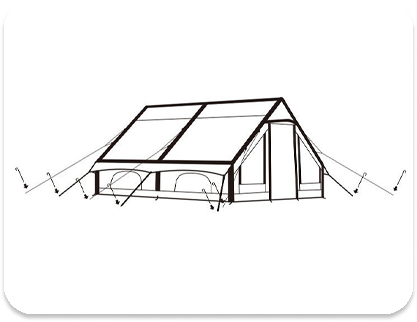
Step 5
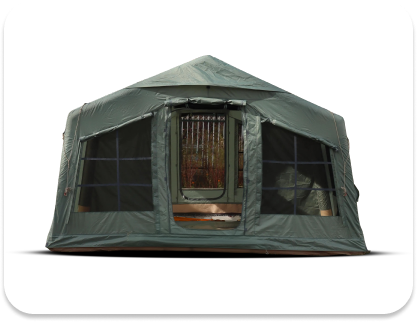
Step 6
Ever single week, we provide valuable insights on how to make the most of your K1 Outdoors experience, as well tips and tricks to help you prepare for your next adventure.
View all
 Do the K1 Summit Shelter's air beams puncture easily?
Do the K1 Summit Shelter's air beams puncture easily?
No, the K1 Summit Shelter is designed with durability in mind and does not puncture easily. Its air beams are made from high-quality, multi-layered, and puncture-resistant materials that can withstand rough outdoor conditions. While no inflatable product is completely immune to damage, the K1 Summit Shelter is built to handle normal wear and tear, including rugged terrain and challenging weather. Additionally, it comes with a repair kit for quick fixes in the rare event of a puncture.

 Is the K1 Summit Shelter strong? Will it stand up to winds?
Is the K1 Summit Shelter strong? Will it stand up to winds?
Yes, the K1 Summit Shelter is exceptionally strong and designed to withstand challenging weather conditions, including strong winds. Its inflatable air beam structure is highly durable and flexible, allowing it to absorb wind pressure more effectively than traditional pole-based tents. When properly secured with stakes and guy lines, the shelter remains stable even in high winds. Additionally, its aerodynamic design minimizes wind resistance, making it a reliable choice for outdoor adventures in windy environments.

 How does the K1 Summit Shelter compare to a traditional wall tent?
How does the K1 Summit Shelter compare to a traditional wall tent?
Setup Time: The K1 Summit Shelter sets up in minutes with an air pump, while wall tents require more time, effort, and multiple people.
Portability: The K1 is lightweight and compact, ideal for travel, whereas wall tents are heavier and bulkier, better for stationary use.
Durability: Both are durable, but the K1’s flexible air beams handle wind better, while wall tents excel in heavy snow and long-term use.
Comfort: The K1 is spacious and well-ventilated for short to medium-term use, while wall tents offer more room for gear and heating options for extended stays.
Versatility: The K1 is great for camping, festivals, and emergencies, while wall tents are best for hunting camps or glamping.
Cost: The K1 is generally more affordable and easier to maintain than a wall tent.

 How long will the K1 Summit Shelter stay inflated? Will it deflate over time?
How long will the K1 Summit Shelter stay inflated? Will it deflate over time?
The K1 Summit Shelter is designed to stay inflated for extended periods, typically lasting several (7+) days with no noticeable pressure loss, provided there are no leaks or punctures. However, like all inflatable tents, it may experience minor air loss over time due to temperature changes or natural pressure adjustments. This is normal and can be resolved by adding a small amount of air as needed. Regularly checking the inflation level and ensuring the valves are securely closed will help maintain optimal performance.

 Do inflatable tents need constant air?
Do inflatable tents need constant air?
No, inflatable tents like the K1 Summit Shelter do not need constant air. Once inflated, the air beams are sealed, and the tent will maintain its structure without requiring a continuous air supply. You only need to reinflate if there is minor air loss over time due to natural pressure adjustments or temperature changes. Properly sealed valves ensure the tent stays inflated for days without issue.

 What is the difference between a pop-up tent and an inflatable tent?
What is the difference between a pop-up tent and an inflatable tent?
Setup: A pop-up tent uses pre-attached, spring-loaded poles that "pop" into shape when unpacked, requiring minimal effort. An inflatable tent uses air beams that are inflated with a pump, offering a quick and easy setup as well.
Durability: Inflatable tents are generally more durable and stable, especially in windy or harsh weather, as the air beams flex under pressure. Pop-up tents are lightweight but less sturdy and better suited for mild conditions.
Portability: Pop-up tents are compact and lightweight, making them ideal for short trips or casual use. Inflatable tents are slightly bulkier but offer more space and durability, making them better for extended outdoor adventures.
Size: Inflatable tents are available in larger sizes, accommodating families or groups, while pop-up tents are typically smaller and designed for 1-4 people.
Longevity: Inflatable tents are built with high-quality materials for long-term use, while pop-up tents are often more affordable but less durable over time.